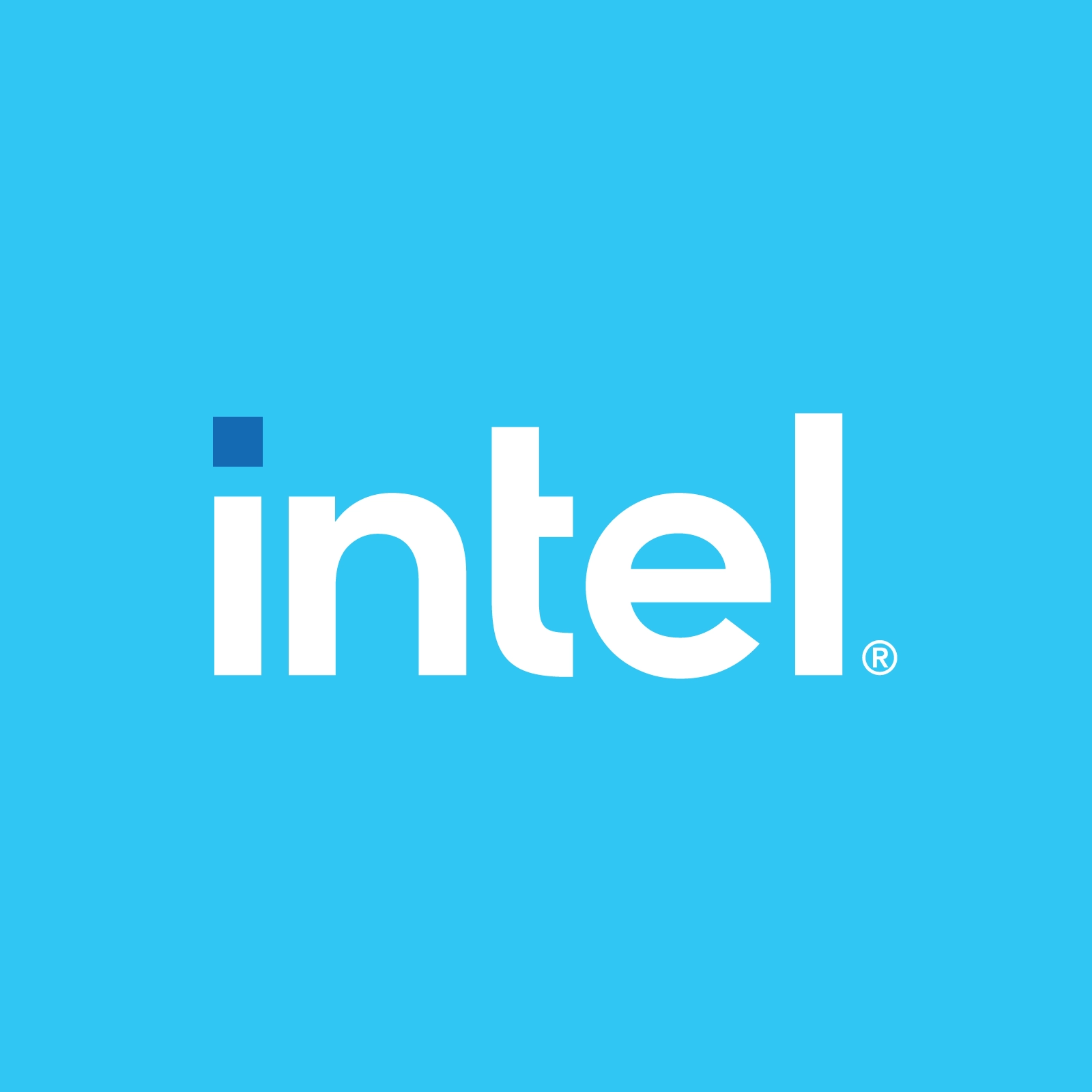Creating a Seamless Customer Experience with Micro-fulfillment Centers
eCommerce has become a lifeline for so many and the primary way to shop for a variety of goods. The growth in this channel has transformed the technology of fulfillment, as well.
According to Naren Kumar, the Retail Segment Manager at Intel’s Internet of Things Group, the number of people shopping for products online doubled from 15% to 30% at the height of the pandemic.
As a result, leading retailers have “started exploring micro-fulfillment centers to process online orders faster, leveraging technology like robots and AI, and doing it all in a cost-effective manner,” Kumar said.
However, larger retailers have the clear advantage when it comes to micro-fulfillment centers, or MFCs.
“Larger retailers have the capital to invest in these technologies, and they’re already doing it,” Kumar revealed. “Small retailers, however, are constrained with capital. The good news is that these micro-fulfillment center providers are entering a partnership arrangement with these retailers and enabling them to meet these surging online demands, meet delivery expectations, and still maintain customer loyalty.”
“MFCs are all about fulfillment efficiency,” added Paul Zyskowski, the Director of Engineering at Intel Internet of Things Group. “They’re all about expediting that delivery to the consumers.”
Automating these centers takes that efficiency one step further.
“Automation reduces the labor costs, eliminates some of that human error, increases the density of that usable space, and can expedite the pulling and sorting of products,” Zyskowski continued. “And it sounds futuristic… but it can be something as simple as a robotic arm or a conveyor belt. It’s all about what that space looks like and what business problems you’re trying to solve.”
Learn more about micro-fulfillment and accompanying technology by connecting with Naren Kumar and Paul Zyskowski on LinkedIn.
Subscribe to this channel on Apple Podcasts, Spotify, Google Podcasts or Simplecast to hear more from the Intel Internet of Things Group.




